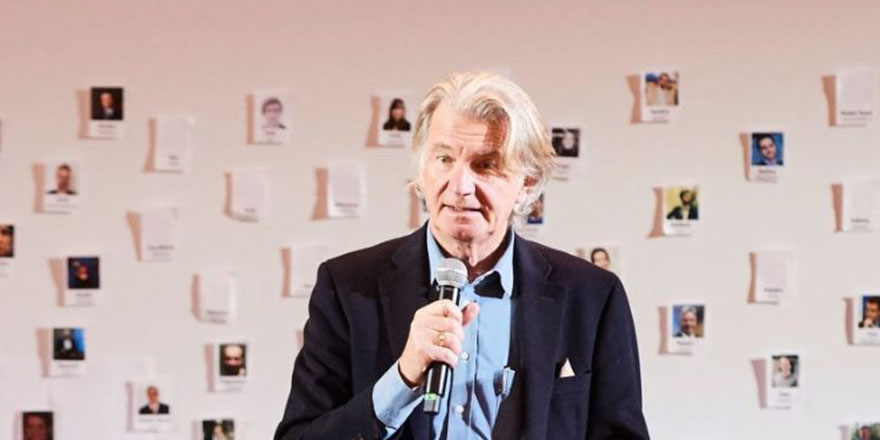EIT Climate-KIC's Anders Wijkman speaks at International Society for the Circular Economy Conference

The post-COVID-19 stimulus packages and recovery measures ”must be carefully designed with clear long-term objectives so as to tackle some of the other risks that are looming on the horizon, not least climate change."
Speaking online at the inaugural Conference of IS4CE—the International Society for Circular Economy—on 7 July 2020, Chair of the Governing Board at EIT Climate-KIC and Honorary President of Club of Rome, Anders Wijkman, emphasised the important role of cities in the promotion of circularity as well as the risks of taking a fragmented approach.
Barriers to the development of circular economy
Mr Wijkman listed a few of the key barriers to the development of circular economy today: 'Raw materials have historically been abundant and cheap, producers have rarely paid for the external costs involved in material extraction and production, leading to a situation where virgin materials are most often less expensive than secondary materials, the productivity focus in the economy has been on labour cost, not on materials, and business models have favored short-termism, high throughput and short product life'. Fortunately, he also identified many examples of how these barriers can be addressed by policymakers. These include lowering taxes on labour and increasing taxes on resource use, removing VAT on all reused materials, and introducing design criteria across the board.
He welcomed the fact that the EU recovery plan builds on the thinking in the Green Deal and added: ”It seems as if the European Commission after many years of struggling with the concept of circular economy has the priorities right.”
The role of cities in the promotion of circular economy
Cities offer a major opportunity to drive systemic change in the economy,” said the expert, who explained that municipalities face high levels of material throughput, waste, pollution and GHG emissions, which give them ”the opportunity to drive change through innovation along the value chain and (re)design processes in all areas from policy and infrastructure to products and services. But most of the work around circularity is still being done in silos today. There are a multitude of vertical interventions, most often aiming at single-point solutions. ”While many of these efforts are worthy and do bring about improvements in material efficiency as well as reductions in pollution levels, such solutions rarely achieve systemic change
Anders Wijkman, Chair of the Governing Board at EIT Climate-KIC
Challenge owners
EIT Climate-KIC already works with ’challenge owners’ such as municipalities to deliver a transformation service that can help them unlock fast and large-scale change. Agreements with 15 European cities, including Madrid, Milano, Vienna, Malmö and Krakow have already been signed to help them decarbonise within 10 to 15 years under a programmed called Deep Demonstration Healthy and Clean Cities. ”Once up and running the idea is to use the results for upscaling and outscaling, sharing the practices with other regions, and cities and, indeed, influence governance and policy,” concluded Wijkman.
The International Society for Circular Economy, whose secretariat is based in the University of Exeter in the UK, aims to continue to refine the contemporary scientific theory and evidence base of circular economy; provide a network to connect higher education globally to stimulate new research and educational initiatives; share significant findings, as well as promote educational offerings to business, government, academics and other stakeholders. Other speakers at the conference included Ehab Sayed, a sustainable designer and engineer and the Founder and Director of Innovation at Biohm, and Tima Bansal, Director of the Centre for Building Sustainable Value at the Ivey Business School, Ontario.


 Share this page
Share this page


